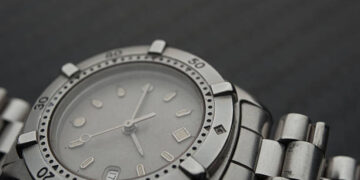Rolex, the renowned luxury watchmaker, has implemented modest price increases this year, signaling a shift towards moderation within the luxury goods industry, as observed by analysts at Morgan Stanley (NYSE:MS). Morgan Stanley reports that the average price for watches rose by approximately 2.9% in January. This rate is notably lower compared to the cumulative annual growth rate (CAGR) of +4.8% from 2020 to 2023. This trend indicates that significant price hikes may become less influential as growth drivers in the luxury sector.
The restrained approach to pricing by Rolex could be due to several factors. These include a slight decrease in Rolex’s performance relative to the broader industry, a general slowdown in Swiss watch exports, and a marked decrease in the premium prices fetched by pre-owned Rolex watches in the secondary market. Morgan Stanley interprets Rolex’s pricing strategy as a cautious measure. It suggests that the company may be aiming to maintain its market share gains while avoiding potential negative reactions from customers who are sensitive to price changes. In 2022, Rolex achieved a substantial 29.2% share of the market.
This figure rose to 30.9% when including sales from Tudor, Rolex’s sister brand. This strong market position is further supported by the company’s reported turnover of 9.3 billion Swiss francs (approximately £8.5 billion) in the same year. Rolex’s strategy reflects a broader trend in the luxury goods sector, where brands are balancing growth objectives with market realities and customer expectations. The company’s approach to pricing, along with its strong market performance, highlights its ongoing influence and stability in the global luxury watch market.
Stay informed with supply chain news on The Supply Chain Report. Learn more about international trade at ADAMftd.com.
#Rolex #LuxuryWatches #PricingStrategy #MorganStanley #SwissWatchExports #MarketTrends #LuxuryGoods #BrandStrategy #WatchMarket #CustomerExpectations

















